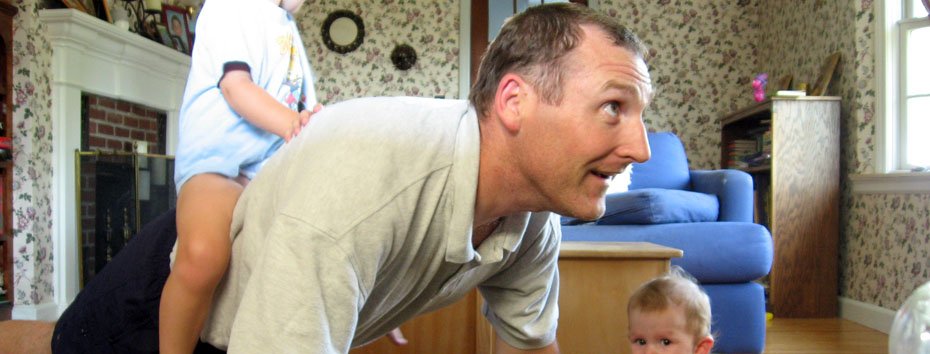Do you watch a lot of TV? I mean, a LOT of TV? Do you follow five different shows and DVR three others? If you’ve ever thought to yourself, “maybe I should try to cut back” or “maybe I should exercise” and then proceeded to do neither, you probably watch too much TV. Watching TV is a huge time sink, even though you may not realize how much you watch.
What’s So Bad About TV?
Here’s a quick list of things to think about before spending multiple hours per day watching television:
- Eye strain. When you watch TV, you don’t blink as often. Your eyes become then dried out and tired. And with some TVs, it’s basically like you are staring at a flashlight for hours on end. Not good for your eyesight.
- Lethargy. The longer you watch, the more your muscles languish (and the lazier you feel). This is because you are sitting in one place and not moving. You need to use your muscles for them to stay healthy and strong.
- Consumerist propaganda. The more commercials you watch, the more likely you are to buy something that you really don’t need. Product placement is actually effective too. The constant bombardment telling us to buy, you need more, buy again, makes us great at consuming and less good at creating. Over time, you’ll begin to feel that it’s harder to get things done.
If you are okay with those things, then keep watching away. But if any of those sound less than appealing, maybe you should try to do something about it.
Don’t Become a Couch Potato
To clarify, there is nothing wrong with watching a little TV now and then. Some people are able to relax by watching TV, and it’s sometimes the only option when you’re sick. But if TV fills up all of your spare time, it’s time to help your body fight the lethargy.
A couch potato sits on the couch like a stationary vegetable. But unlike a real potato, you need to move now and then. So here’s a new habit to start:
Exercise During Commercials.
It sounds simple, and it is. Whenever a commercial comes on, you get up off the couch and do some exercise. Then you rest when the show comes back on. Repeat.
Most commercials are either 15 or 30 seconds long, and that’s just enough for a quick burst of activity. Whichever exercise you pick, try to keep doing it for the duration of the commercial. Then switch exercises for the next commercial.
There are plenty of bodyweight exercises you can do in front of the TV that don’t require any equipment. Here are a few ideas:
- Jumping jacks
- Sit ups / Crunches
- Push ups
- Leg lifts
- Squats
- Planks
- Wall sits
- Dips (using the edge of the couch)
- Burpees (if you’re feeling ambitious)
I plan to do an article at some point to show good form for these and other exercises. In the meantime, you can do a quick Google search if you aren’t sure what good form looks like.
This is High Intensity Interval Training (HIIT)
HIIT is getting a lot of press lately, and for good reason. Short, but intense, intervals of exercise cause your body to keep working after you’ve stopped the exercise. Your body keeps working to restore the body to its normal heart rate and repair your muscles. That’s why HIIT is a great way to lose weight or get in shape.
You may not be able to have high intensity at first, but that’s okay. Your goal is to keep doing one exercise for the duration of each commercial. You can increase the intensity over time.
For a half hour time slot there are 5 to 10 minutes of commercials. That’s a lot of built-in exercise time! And you can still watch the commercials — sometimes commercials are funnier than the actual show! But the exercises listed above can all be done in your living room so you don’t even have to feel like you are missing out.
Go Outside Sometimes
Okay, so exercising during commercials takes care of item #2 from our list at the beginning of this post. But the only way to address #1 and #3 is to cut back on TV. That means replacing TV time with other activities.
Things like going for a walk, bowling, playing miniature golf, batting cages, practicing your juggling skills, or taking up photography. This list is pretty much endless.
With all of that being said, good luck with your commercial workouts — you’ll feel better in no time!






Recent Comments